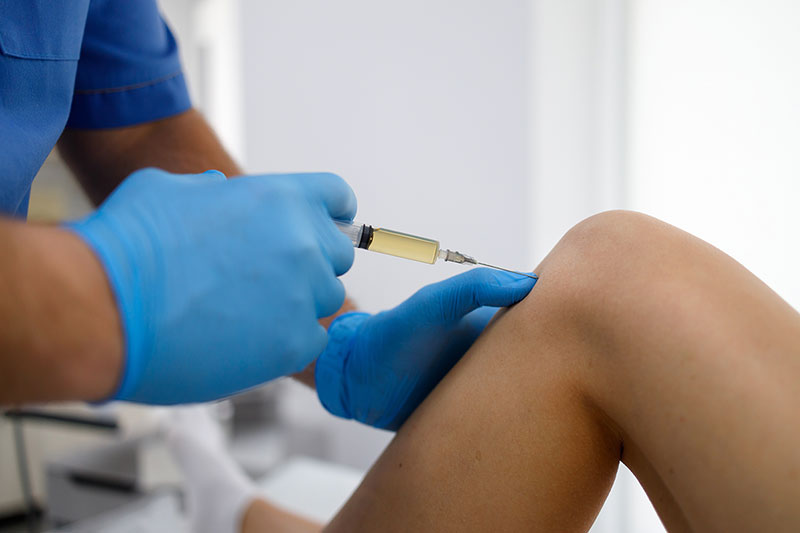PRP Therapy Fort Lauderdale

¿Qué es PRP?
El plasma rico en plaquetas (PRP) se define como una porción de la fracción plasmática de sangre autóloga que tiene una concentración de plaquetas por encima de la línea de base que contiene una poderosa mezcla de factores de crecimiento. Es un tratamiento emergente en el sector de la salud moderno conocido como "ortobiológicos". El objetivo de esta disciplina es mejorar la capacidad innata del cuerpo para reparar y regenerar. La terapia PRP últimamente ha ganado mucha atención como un tratamiento biológico seguro, no quirúrgico de la osteoartritis y la reparación musculoesquelética.
Las lesiones de tejidos blandos que incluyen ligamentos y tendones representan hasta el 45% de todas las lesiones musculoesqueléticas. Las afecciones musculoesqueléticas crónicas y degenerativas pueden ser difíciles de tratar y pueden tener un curso prolongado que comprometa un estilo de vida activo.
¿Cuál es el proceso?
When treating orthopedic conditions in an outpatient setting, doctors typically collect a sample of the patient’s blood and process it in a centrifuge to create PRP. They then use ultrasound to pinpoint the precise location of the injury and inject the PRP into that area after following proper disinfection protocols.
¿Qué puede hacer PRP?
PRP, or platelet-rich plasma, is a concentrated form of the patient’s own blood that contains a high concentration of platelets and growth factors. These growth factors stimulate the body’s natural healing processes and can help to reduce inflammation and promote tissue regeneration. PRP therapy has been used to treat a wide range of orthopedic conditions, including:
- Tendonitis
- Ligament injuries
- Osteoarthritis
- Knee Osteoarthritis




